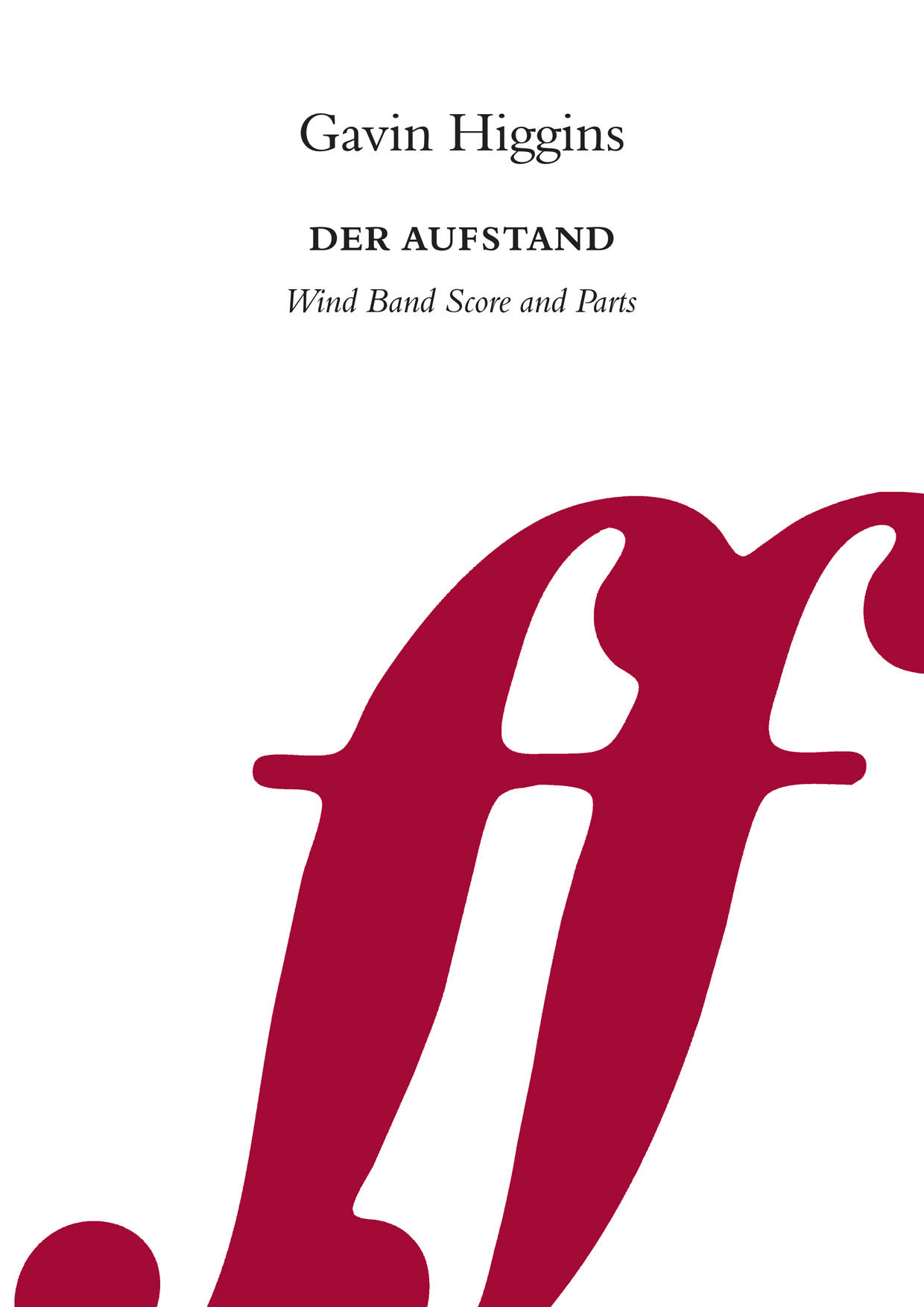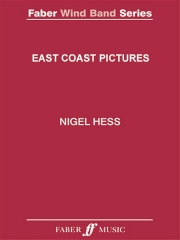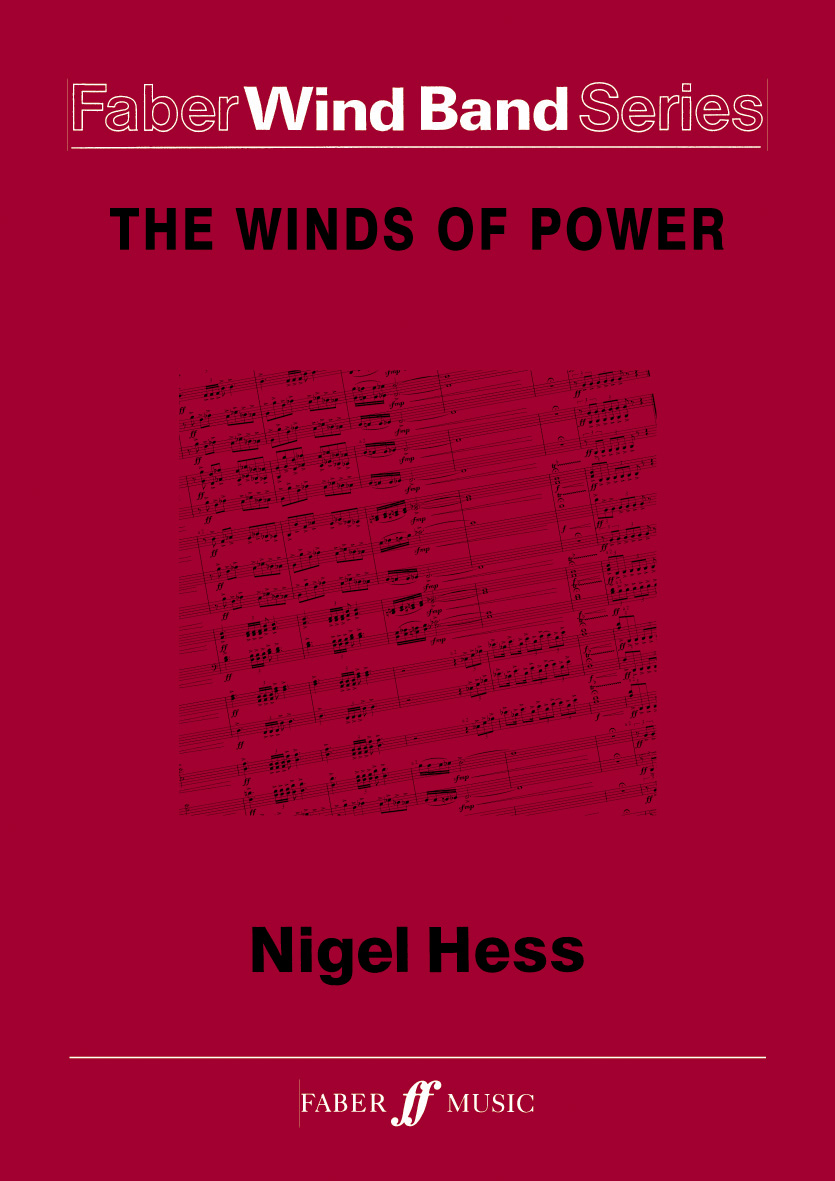Results
-
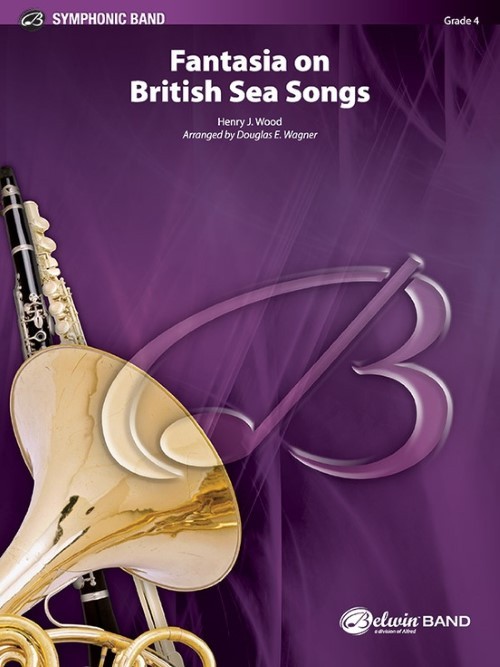 £82.95
£82.95Fantasia on British Sea Songs (Concert Band - Score and Parts) - Wood, Henry J. - Wagner, Douglas E.
Sir Henry J. Wood (1869 - 1944) wrote his Fantasia on British Sea Songs in 1905 to commemorate the 100th year anniversary of Admiral Lord Nelson's defeat of the French and Spanish fleets at the Battle of Trafalgar.This wonderful concert band arrangement incorporates five of Wood's selected themes:The Saucy ArethusaTom BowlingJack's the LadFarewell and AdieuSee, the Conquering Hero ComesYou'll recognise the themes, if not the original names! A cherished addition to the repertoire certain not to be missed!Duration: 8:00
Estimated dispatch 7-14 working days
-
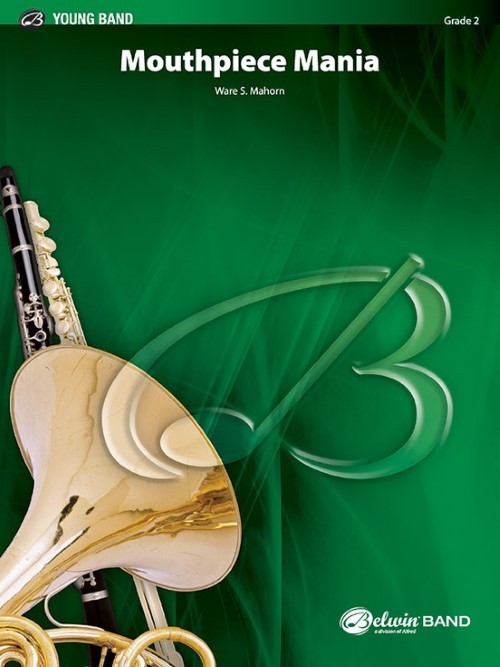 £53.95
£53.95Mouthpiece Mania (Concert Band - Score and Parts) - Mahorn, Ware S.
From the sublime to the "you know what"! The melodies are from classic literature, but you can be guaranteed that the performance is not. Your entire trumpet section performs sans instruments (yes, mouthpieces only)! Your audiences will react as never before. Just see if even you can keep a straight face (and think of all the money that can be saved not having to use valve oil)! Duration: 2.30
Estimated dispatch 7-14 working days
-
 £64.35
£64.35Heaven's Light
Very impressive slow and expressive composition that features close, lush harmonies and memorable melodies. Includes effective clarinet and flute solos that are accompanied by vibes and marimba (these parts maybe played by piano & synthesizer if mallet percussion not available). Includes unique textures not found in the usual band or wind ensemble pieces and is a wonderful choice for any performance situation. VERY HIGHLY RECOMMENDED!
Estimated dispatch 7-14 working days
-
£104.99
Hine e hine Wind Band Set (Score & Parts)
E tangi ana cow, Hine e Hine ... Do not cry, girl, do not cry ... Every culture has its own melodies to comfort children to sleep. Jan Gerrit Adema made a beautiful arrangement of this lovely folk melody of the Maori, also called the national anthem of New Zealand. 04:45
Estimated dispatch 7-14 working days
-
 £74.99
£74.99Saxophones in the Light Wind Band Set (Score & Parts)
The title Saxophones in the Light describes what the piece does - it puts not one, not two, but three of your saxophones into the limelight! At the same time Harm Evers also manages to bring out the best in your concert band. This exciting and inventive piece will give all your musicians a chance to shine. 0:03:00
Estimated dispatch 7-14 working days
-
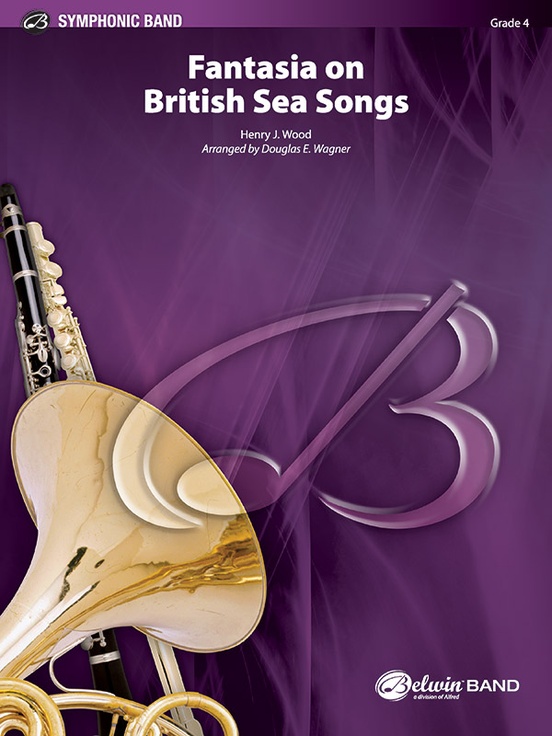 £82.95
£82.95Fantasia on British Sea Songs - Henry J. Wood / arr. Douglas E. Wagner
Sir Henry J. Wood (1869--1944) wrote his Fantasia on British Sea Songs in 1905 to commemorate the 100th year anniversary of Admiral Lord Nelson's defeat of the French and Spanish fleets at the Battle of Trafalgar. This wonderful concert band arrangement incorporates five of Wood's selected themes: "The Saucy Arethusa," "Tom Bowling," "Jack's the Lad," "Farewell and Adieu," and "See, the Conquering Hero Comes." You'll recognize the themes, if not the original names. A cherished addition to the repertoire certain not to be missed! (8:00)
Estimated dispatch 3-5 working days
-
£75.00
Der Aufstand - Gavin Higgins
Der Aufstand (German for 'riot') is not a descriptive work, nor is it solely based on the riots of 2011. It does, however, draw on the idea of opposing forces and escalating anger. The work falls into two contrasting sections that are linked by a series of repeated, 'screaming' chords. A slow build drives the first section from a single pitch to a blazing orchestral tutti. The second section is a fast and wild series of fanfares and driving rhythms that ultimately cannot be sustained. In many ways this mirrors the first. Both sections open on single tones (Bb and E) and grow to a climax of brass and hammered chords. The first performance took place on the last day of the 2012 Olympic Games. Der Aufstand is a noisy antithesis to the celebratory fanfare.Wind Band Grade: 6 (Professional and elite student and 'national' bands)Duration: 10 minutes
In stock: Estimated delivery 1-3 days
-
£150.00
East Coast Pictures - Nigel Hess
East Coast Pictures was commissioned by the British Youth Wind Orchestra with funds from the National Westminster Bank plc. These three short 'pictures' were inspired by several visits to a small part of the American East Coast, an area that provides great extremes in the geography and the people. Movement 1: Shelter Island is a small island situated near the end of Long Island, a few hours drive east of New York. In the summer it becomes a crowded tourist trap; but in the winter it is gloriously deserted and bravely faces the onslaught of the turbulent Atlantic, shrouded in sea mists and driving rain. This 'picture' is a fond memory of a winter weekend on Shelter Island. Movement 2: In upstate New York lie the Catskills Mountains--an extraordinary combination of tranquillity and power, peace and majesty. Once seen, they call you back again and again. Movement 3: New York - or to be more precise, Manhattan. For anyone who is familiar with this bizarre and wonderful city, here is a 'picture' that needs no explanation. For those not yet hooked this is a foretaste of things to come!
In stock: Estimated delivery 1-3 days
-
£75.00
The Winds Of Power - Nigel Hess
Unlike Nigel Hess's other works for wind band, The Winds of Power is not a programmatic work. After a dark and menacing opening a solo trumpet introduces a theme which will eventually become the centre of a piece and is soon heard tutti in a lyrical form. This is interrupted by a return to the opening mood, with only a brief respite in the form of a chorale for clarinet choir and harp. The theme tries to return once more in a rousing, somewhat cinematic version, but again the sense of foreboding overtakes it. An unsettling march-like section follows before the theme returns in its most lyrical and gentle guise, introduced by solos in the woodwind section. Eventually, a maestoso statement which erupts into a presto coda, ends the journey in a triumphant, more optimistic blaze of sound.
In stock: Estimated delivery 1-3 days
-
 £75.52
£75.52Temperamental (Concert Band) Fendall Hill
This work by Fendall Hill was the set test for the 2021 National Brass Band Championships of New Zealand, B Grade. Here it has been adapted for Concert Band. The composer writes: 'J.S. Bach (1685-1750) is deemed by many to be the 'Ulimate Composer'. He added an incredible proportion to the DNA of western music, and his influence is heard in the music of today. Like many artists, he was not overly recognised as a composer during his lifetime, and it took an 1829 performance of the St Matthew Passion by Mendelssohn to ignite a recognition of his place in the music world, a place he has maintained ever since. This piece starts with a similar spark of rediscovery of the music of Bach. It contains arrangements of various works, interspersed with composition based on Bach's chord structures, sections in the style of Bach, and original sections inspired by the moods created along the way. The first section explores the Toccata, and great organ works. This leads into an exploration of his choral works, and a finale based on the Preludes. The word 'Tempered' has different meanings, and all seem to apply to the music of Bach, and these appeal to the musical, engineering and spiritual aspects of my personal life. His music reaches to the humanity and divinity, it has strength, structure and order that creates frameworks in which incredible complexity reigns; and the complexity leads to a wildness, a kind of craziness that represents a range of human moods, and can change without warning. The same piece of music affects people in very different ways. I don't know if it's Bach's music, or us, but it can seem out of control and under control at the same time - the combination is highly temperamental. To view a follow-the-score video of the work please visit: https://youtu.be/6CtYZmCoWIc Sheet music available from: UK: www.wind-band-music.co.uk USA: www.solidbrassmusic.com Difficulty Level: Advanced Instrumentation: Instrumentation: Piccolo Flute 1-2 Oboe Bassoon Clarinet in Bb 1-3 Bass Clarinet in Bb Alto Saxophone 1-2 Tenor Saxophone Baritone Saxophone Trumpet in Bb 1-3 Horn in F 1-4 Trombone 1-2 Bass Trombone Euphonium Tuba Double Bass Timpani Percussion 1-3
In stock: Estimated dispatch 1-3 days

